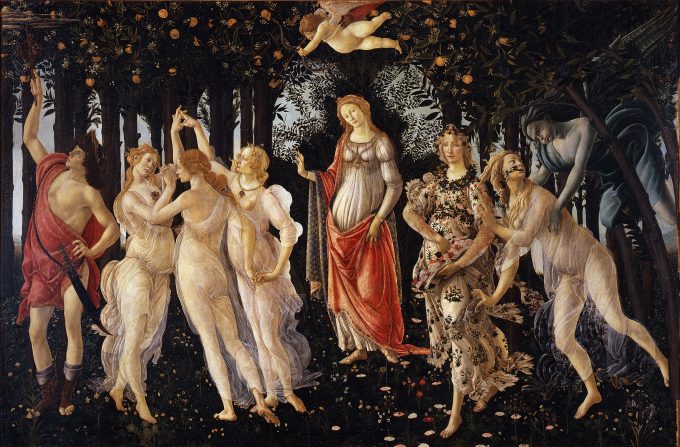On Friday, February 28, I woke up to the email:
In accordance with UW-Madison’s international travel policy, university-sponsored programming in Italy is cancelled due to the CDC issuing a Warning Level 3: Avoid Non Essential Travel.
Within a whirlwind 72 hours I booked a return flight, packed my bags, hugged my study abroad friends of two months who had not already left, and said ciao to my Florentine art haven. I spent a 12-hour layover in Madrid and by Monday, March 2 I was back in Wisconsin.
After an extended spring break, my Florentine art classes resumed online. As my Renaissance Art History teacher digitally lectured about works in museums the class had planned to visit but never had the chance to see, I melted into a pathetic mess. My heart stung from the visual reminder that I was no longer in Florence and wouldn’t be standing before these masterpieces anytime soon.
Greek philosopher Heraclitus says it best: “Much learning does not teach understanding”. I can learn art history at home. I can skim an online textbook that states Botticelli’s masterpiece Primavera reflects the intellectual activity of the Neoplatonic circle and reconciles the classical world with the Christian present. I can analyze central figure Venus’ role as goddess of beauty and fertility as a model of marriage and chastity. I can compare and contrast the work with other Venus works by Botticelli. I can even write an entire research paper.
Yet I cannot understand art history at home. I cannot swoon as I step into the Botticelli room of the Uffizi Gallery. I cannot gasp at the painting’s humbling beauty and overwhelming scale. I cannot feel my heels dig into the floor as I inspect the piece from corner to corner and examine every possible detail. I cannot circle back to it after I look at another work. I cannot drown out the hum of tourists. I cannot marvel at the work’s pristine condition for being centuries old. I cannot experience nuance, nor can I be forever moved.

